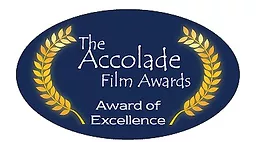

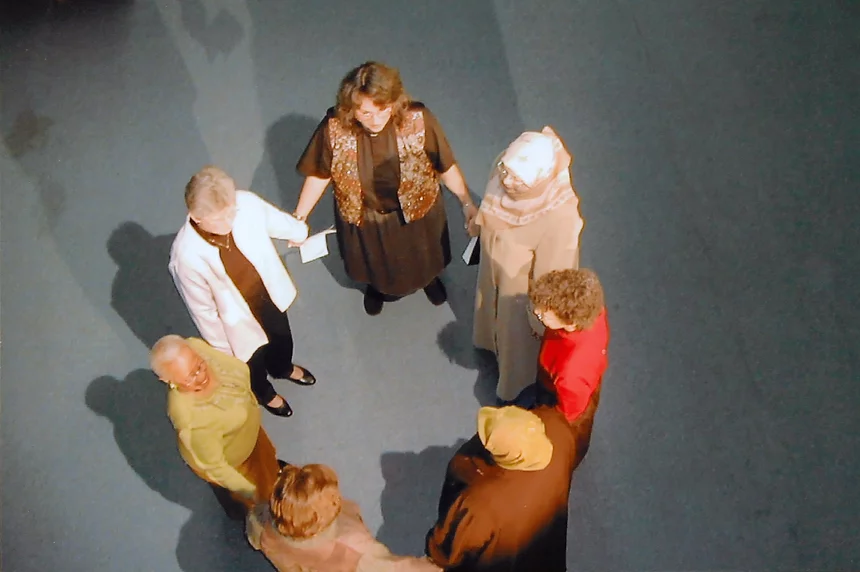
Ties That Bind grew out of an opportunity created by the events of 9/11. While many people were paralyzed with fear after the attacks on New York and Washington, D.C., women leaders from around the world agreed to work with Artistic Circles and Ann Feldman on a project to connect diverse groups. Within a year, we realized that in order to build community relationships effectively, and document them, we needed to focus on local, grassroots efforts.
Ties That Bind is an Emmy-nominated video documentary and peace project that brought together Chicago’s Jewish, Christian and Muslim communities through their women spiritual leaders. This hour-long documentary records the conversations and experience of a group of these leaders and their African-American, Latino and Anglo communities who joined to discuss to discuss what unifies and divides us. In 2004, the documentary premiered at the UNESCO and the Parliament of the World’s Religions “Pathways to Peace” conference in Barcelona, Spain and has been disributed internationally by NETA for public television.
Ties That Bind grew out of an opportunity created by the events of 9/11. While many people were paralyzed with fear after the attacks on New York and Washington, D.C., women leaders from around the world agreed to work with Artistic Circles and Ann Feldman on a project to connect diverse groups. Within a year, we realized that in order to build community relationships effectively, and document them, we needed to focus on local, grassroots efforts.
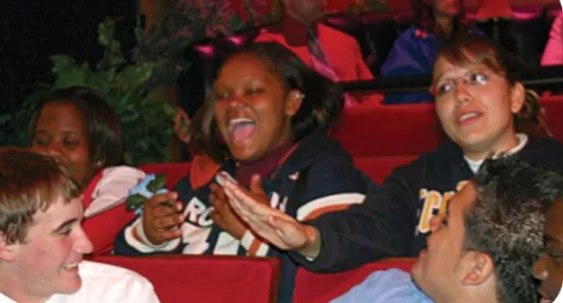
The town hall meetings moved the central focus of the conversation from religion to an even more basic human desire to connect—not to allow world events, the media or fear to divide us.
How does Ties That Bind help people connect? Again and again, we’ve seen individuals from ages 12-85 from widely different backgrounds open up about what they most fear and the prejudices they experience on a daily basis. This happens once they see and hear the women spiritual leaders talk on video about their own fears and stereotypes.
Since it’s release in 2006 Ties That Bind has been used in many different ways: At religious institutions, colleges, and high schools. It had also been disscussed on a National Endowment for the Humanities panel and was the basis for a course at Northwestern University. Ties That Bind has been commericially released in Canada and shown on over 150 Public Television stations worldwide.
Somehow, seeing these women trust one another gives audience participants permission to trust as well.
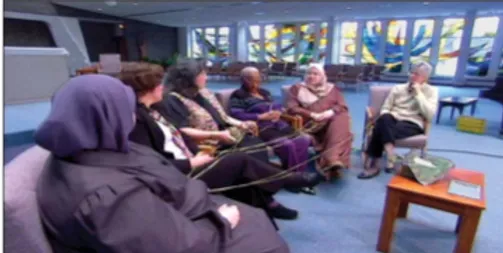
When one women relates to a point another woman makes, she says “connection” and receives the ball.
Soon their small group turns into a web showing how interrelated and similar our experiences often are.
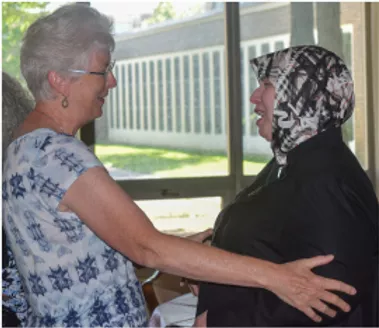
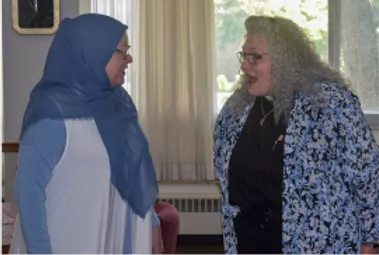
In July 2019, six female religious leaders from Chicago’s Muslim, Christian and Jewish communities reunited to discuss the Ties That Bind us, despite the hatred, distrust and fear in our world.
The reunion was joyous.
Their message?
“We aren’t so much divided as we are disconnected. So, connect, connect, connect!”
The women chose a colorful ball of yarn to show the diversity, beauty and the strength of their relationships. As each woman yelled out, “Connect,” another woman threw the ball to her. Each leader told stories of her community’s work for peace and justice.
Rev. Annie Gonzalez, Methodist ministry, voiced her concerns about inhumane conditions at the borders.
“I look at the people trying to cross the border, and I say to my denomination, ‘Where is your voice? Where is our voice? How do we get a voice heard for peace, justice, liberty and equality?’”

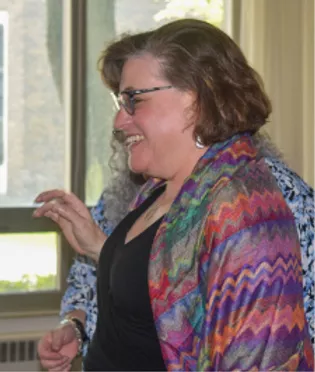
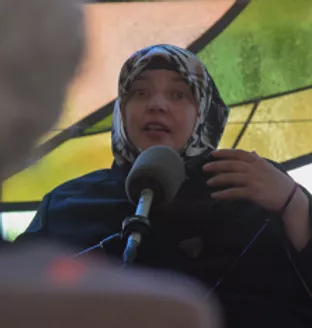
Rabbi Andrea London, from Beth Emet Synagogue, said that bombings in Israel/Palestine and in the U.S. have caused tensions between Muslims and Jews, who accuse each other of not condemning those actions. Rabbi London suggests:
“Our responsibility as leaders is to amplify the voices that people don’t hear. We can’t create peace or justice…until we hear those voices. When we get to the hard conversations, how do we continue to be in relationship with each other?”
Instead of complaining, the leaders searched for the root causes of faltering community interactions.
“Interfaith means different things to different people. I was thinking the word “inter-community.” What do we believe together that will move us to caring for the climate, feeding the poor and clothing the naked? Love is the only thing that will unite us. We need to welcome differences so that we are enriched by others.”
Karen Danielson, a teacher at the Aqsa School of the Bridgeview Mosque, works with high school students. Part of her curriculum is “Contemporary Challenges” which culminates in a day-long workshop led by the young people.
“I propose a day-long symposium at Aqsa School at the Mosque Foundation of Bridgeview in 2019. We can discuss our model from Ties That Bind. We have something for them to build off of that is a stepping stone.”
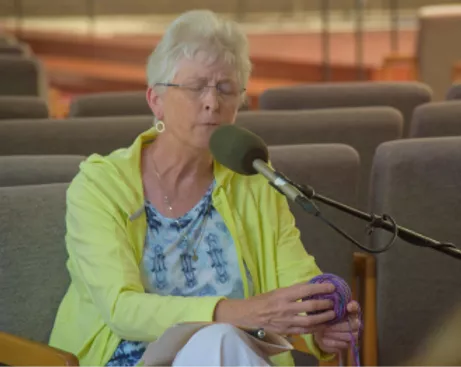
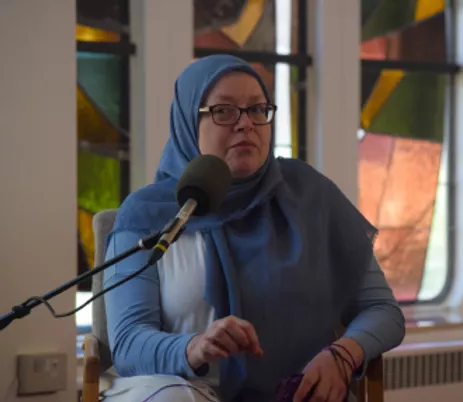
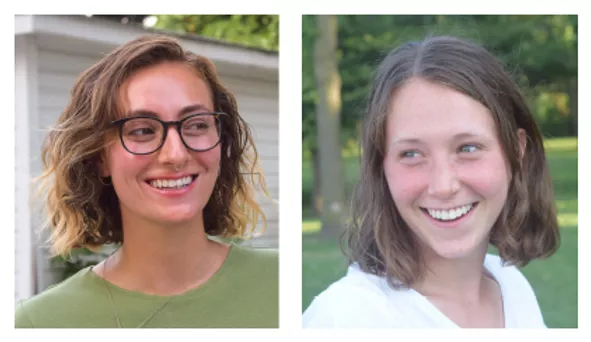
An important challenge is how to build this event to include young people who don’t identify their work for peace and justice as faith-based. Eliza shares her concerns:
“[It’s important to] move away from the essentialist concept that it’s us versus them. There’s like the right way and the wrong way. There’s many different ways that are all equally legitimate. Young people in academics don’t really associate themselves with a religion. But I don’t think that necessarily means that they don’t belong in these kinds of discussions.”
Amy suggests that it’s time for those who aren’t heard to be heard.
“And so, I think an event like this would be really, really great because it would show everyone, those voices that usually don’t really get the opportunity [to be heard] to speak louder.”
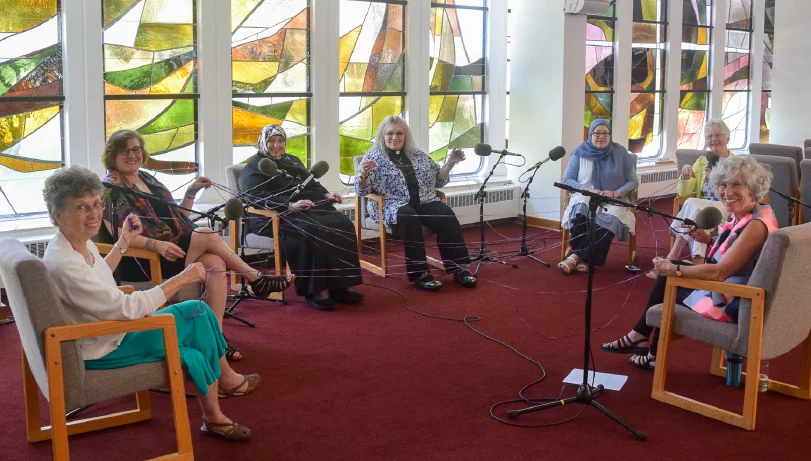


Site by First&Third, Inc.